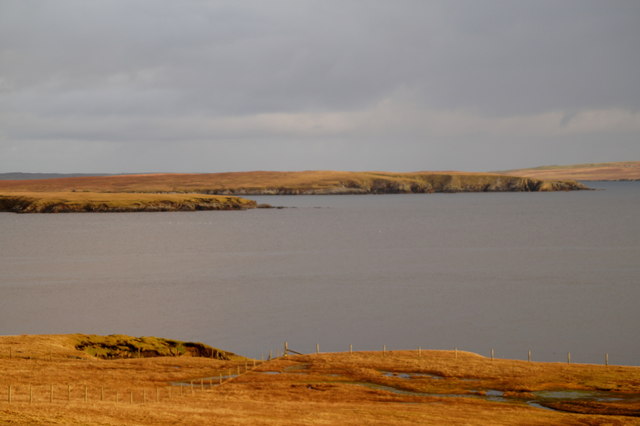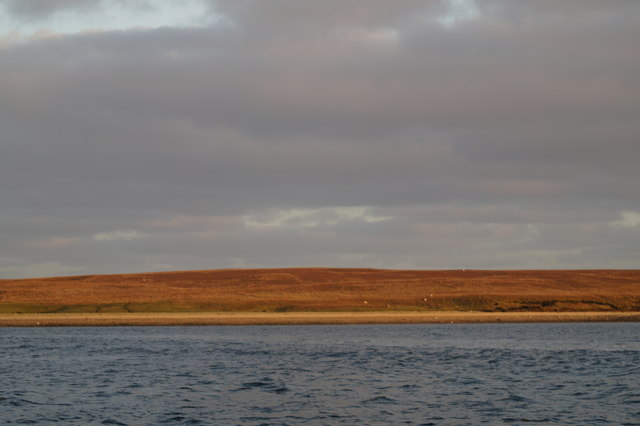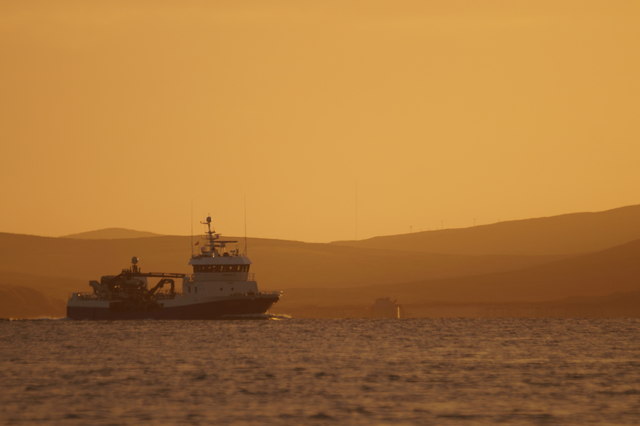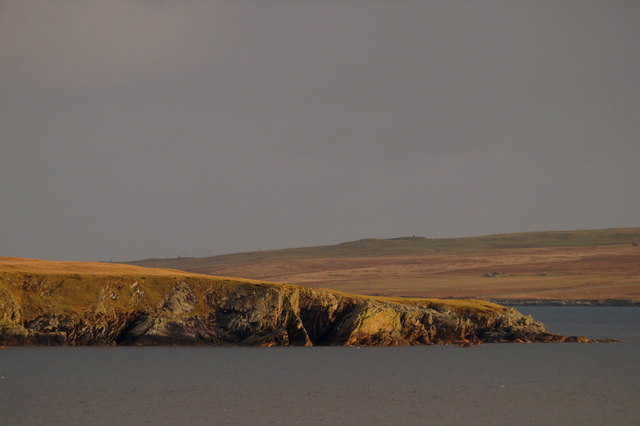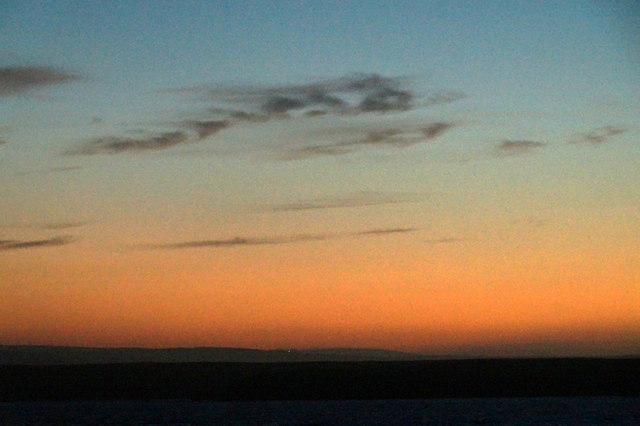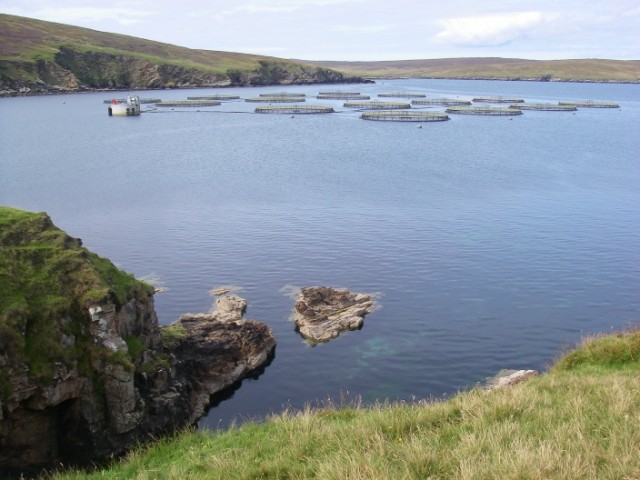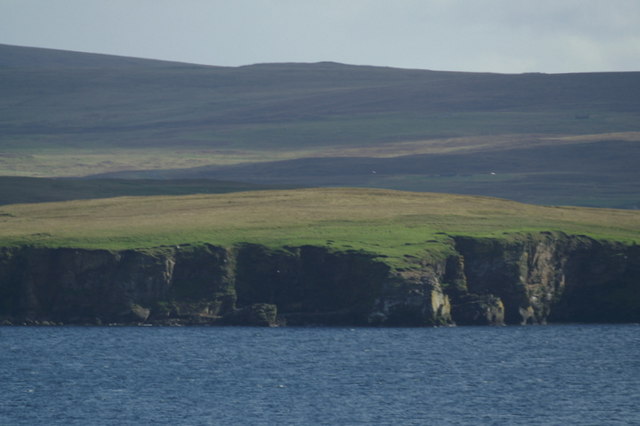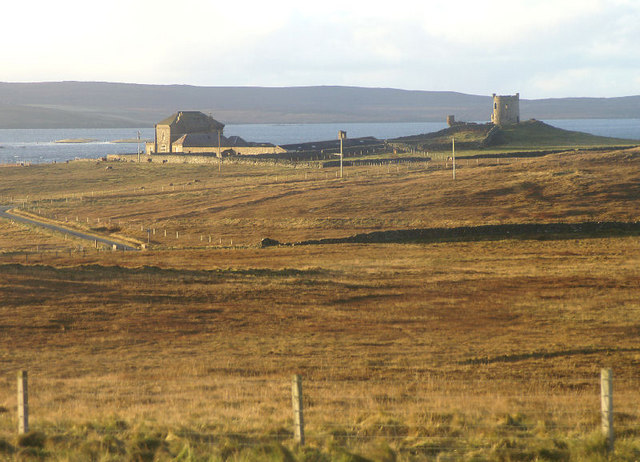Hole of Sigl
Sea, Estuary, Creek in Shetland
Scotland
Hole of Sigl
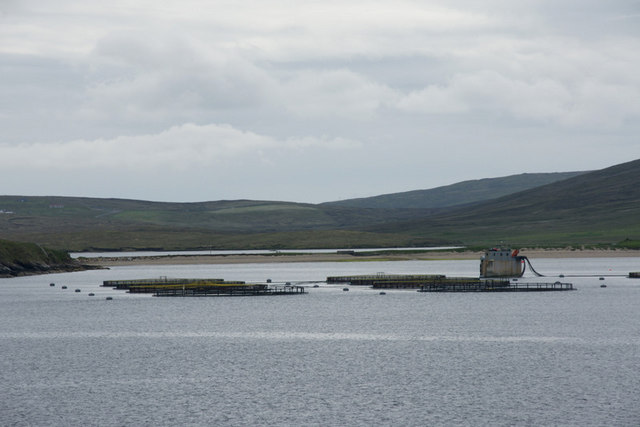
The Hole of Sigl is a small sea inlet located on the eastern coast of the Shetland Islands, Scotland. Nestled between the villages of Cunningsburgh and Quarff, it is known for its picturesque beauty and diverse marine life. The name "Sigl" is derived from the Old Norse word for "sea mist," which aptly describes the atmospheric conditions often experienced in this area.
This sea inlet, also referred to as an estuary or creek, is approximately 1 kilometer in length and varies in width depending on the tide. It is surrounded by dramatic cliffs, heather-covered hills, and rocky shores, making it a popular spot for nature enthusiasts and photographers.
The Hole of Sigl is home to a wide range of marine species, including seals, otters, and various seabirds. At low tide, the exposed mudflats attract wading birds such as oystercatchers and curlews. The crystal-clear waters of the inlet also support a diverse underwater ecosystem, with kelp forests, sea urchins, and numerous fish species.
For visitors who enjoy outdoor activities, the Hole of Sigl offers opportunities for coastal walks, birdwatching, and fishing. It is also a popular spot for kayaking and paddleboarding, thanks to its sheltered waters and stunning surroundings.
Overall, the Hole of Sigl is a hidden gem in the Shetland Islands, offering visitors a chance to immerse themselves in the natural beauty and tranquility of Scotland's coastal landscape.
If you have any feedback on the listing, please let us know in the comments section below.
Hole of Sigl Images
Images are sourced within 2km of 60.600775/-1.0012219 or Grid Reference HU5491. Thanks to Geograph Open Source API. All images are credited.
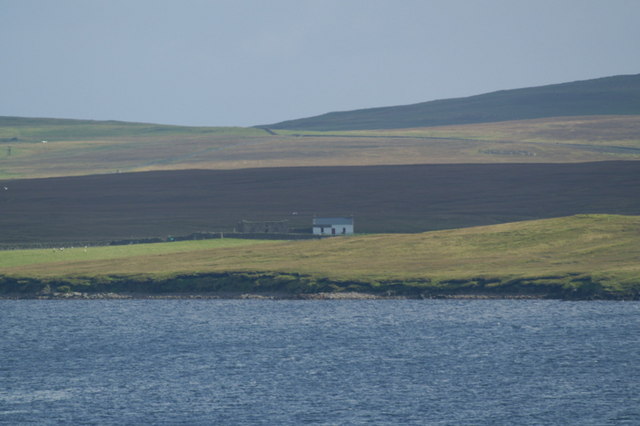
Hole of Sigl is located at Grid Ref: HU5491 (Lat: 60.600775, Lng: -1.0012219)
Unitary Authority: Shetland Islands
Police Authority: Highlands and Islands
What 3 Words
///sprinkler.prom.reader. Near Houbie, Shetland Islands
Nearby Locations
Related Wikis
Hascosay
Hascosay (Scots: Hascosay; Old Norse "Hafskotsey") is a small island lying between Yell and Fetlar in the Shetland Islands, Scotland. == Geography and... ==
Brough Lodge
Brough Lodge is a 19th-century Gothic mansion on Fetlar, one of the Shetland Islands, in northern Scotland. Built by the Nicolson family, who were responsible...
Mid Yell
Mid Yell is a coastal settlement on the island of Yell, the second largest of Shetland Islands, Scotland. Mid Yell, the largest settlement on the island...
Basta, Shetland
Basta is a hamlet on the island of Yell in the Shetland islands of Scotland. It is on the shores of Basta Voe and is in the parish of Yell. == References... ==
Have you been to Hole of Sigl?
Leave your review of Hole of Sigl below (or comments, questions and feedback).

